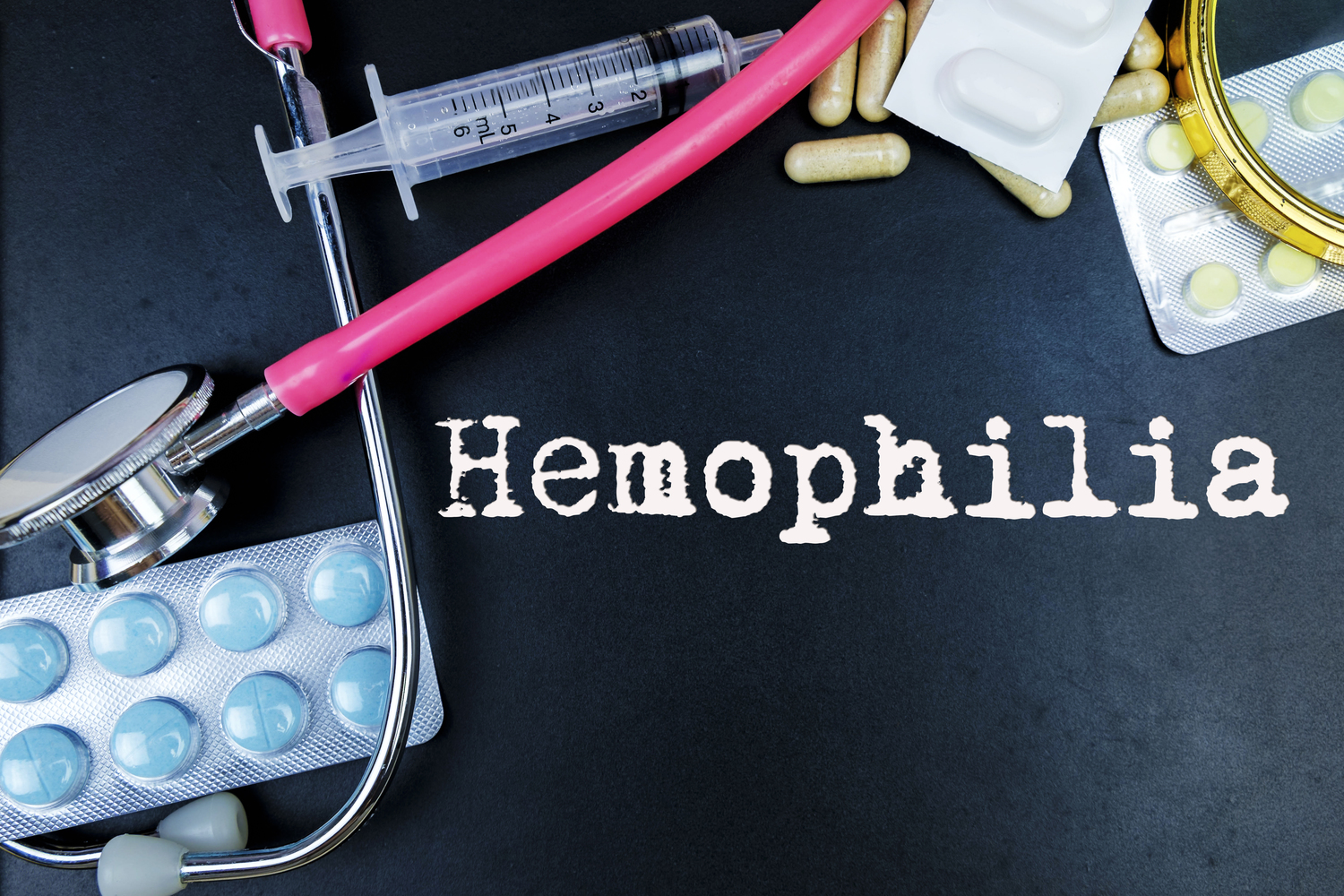
Hemophilia: Main Types and Treatments
Hemophilia is a medical condition that causes reduced blood clotting. Therefore, the person suffering from the condition bleeds excessively because they lack the coagulation factor VIII, in most cases. A slight injury can cause excessive bleeds and may be life threatening.
In most cases, hemophilia is hereditary, but in rare cases it can be due to spontaneous genetic mutation. Hemophilia types include the following; hemophilia type A, hemophilia type B, and hemophilia type C, as follows:
1. Hemophilia A
Hemophilia A is transferred by X chromosome. The inheritance in women and men are different because the disorder is sex-linked. In women, the disease is only active when two hemophilia that are carrying X chromosomes are inherited while in men one active X chromosome can cause the disease. There are three stages of hemophilia that is the mild stage, moderate stage, and severe stage. Moderate hemophilia patients experience frequent bleeding than others. Treatments for hemophilia is done at centers that are hemophilia specialized. hemophilia medications for this type are prophylaxis
2. Hemophilia B
This form is genetic, and it is inherited, but the protein that is missing or is defective in a patient body is called Factor IX clotting. In a few cases, it can also be due to genetic mutations that occur spontaneously. Different ethnic groups are affected by hemophilia type B equally. The disorder is also sex-linked and is carried in the X chromosome. Just like in A, the diseases become active in women when X chromosomes carrying hemophilia are inherited, and in men, one x chromosome with hemophilia is inherited. Treatments for hemophilia B are also carried out in a special medical facility; this is where a test to evaluate the time of clotting in patients. Assay is the clotting factor test carried out to show the type of hemophilia. Hemophilia medications for type B are the administration of Factor IX that is concentrated.
3. Hemophilia C
Hemophila C is also a disorder caused by genetics when Factor XI clotting protein is missing or when it is defective in the body. The disease was first recognized through a patient who suffered severe bleeding after undergoing dental extraction in the year 1953. The deficiency is inherited in a pattern called autosomal recessive. In this case, the gene must be from both the mother and the father for it to be passed to the children. Hemophilia affects women and men equally. Heavy menstruation can be a sign of deficiency of Factor XI. This disorder is diagnosed through several tests. One of the ways of treatments for hemophilia is through hemophilia medications. For example, fibrin glue which is used to maintain mouth clot after bleeding., antifibrinolytics for tooth extraction bleeding and nose bleeding as well as fresh frozen plasma which is usually combined with fibrin glue to help with circumcision bleeding.


